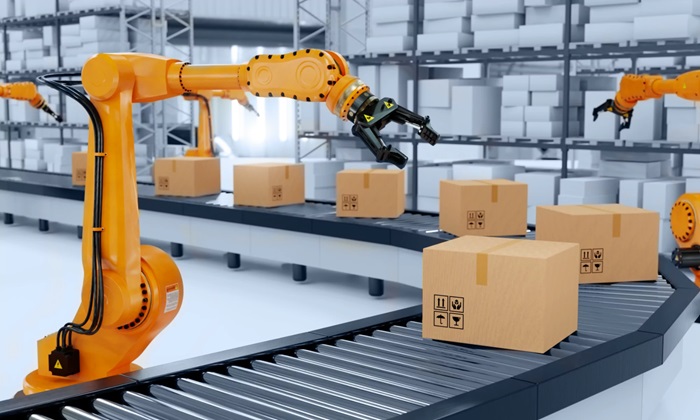The Rise of the Machines: How Robots are Transforming Warehouses

Warehouse work has changed – gone is the image of workers jostling for position across bustling floors to move goods; instead it’s all about robots now! Not just heavy lifting any longer – robots have transformed how workers do their work in warehouses! Let’s dive deeper into this robot revolution to understand its significance for warehouse life today.
Once upon a time, warehouse automation meant conveyor belts and forklifts. Although these innovations helped speed things up significantly, computers truly revolutionized how things worked in warehouses. Today we see robots roaming aisles while scanning shelves – even making decisions instantly on demand!
Robots play an invaluable role in warehouses. Acting like superpowered assistants, these bots move about swiftly picking orders, managing inventory and transporting materials between locations – much like superheroes of warehouse culture! Their fancy sensors and cameras help make these robots part of warehouse life!
Just what has led to this robot takeover? Consider our shopping habits today – fast delivery times with lots of selection, which places a tremendous strain on warehouses to keep up. Robots offer nonstop work without tiring out, plus their precision means less errors for better customers service!
Don’t fret though; humans still play an essential part. While robots take care of much of the heavy lifting, we humans provide planning and strategic vision as well as problem solving expertise so everything runs efficiently and successfully.
Well, not entirely; robot revolution isn’t only revolutionising efficiency. It also brings warehouses safer. Robots take care of dangerous tasks such as lifting heavy loads – giving humans peace of mind knowing their work may not put them in harm’s way as often.
But this brave new world comes with its share of challenges; investing in robots requires significant upfront capital expenditure and workers will need training in adapting to them; but ultimately it comes down to finding an equilibrium between human workers and machines.
What comes next? Well, with robots becoming smarter every day, warehouses may become even faster and more efficient – meaning better service to our customers! But let’s not forget humans; as long as we keep learning and adapting we will continue playing an integral part in future warehouses.
But wait a second; this story doesn’t end here; robots in warehouses is only part of it; this transformation spans across the supply chain as a whole.
Think about it: from self-driving trucks to automated sorting centers, robots are taking over every part of our process – which may be exciting, but we must ensure everyone receives equal treatment.
That means investing in programs designed to assist workers in learning new skills and adapting to this ever-evolving landscape, not forgetting ethical considerations such as making sure jobs don’t disappear unfairly and safeguarding our data securely.
Balance is key when it comes to innovation: we must embrace all this technological progress while remaining mindful of who we are as individuals, while working alongside robots on warehouse tasks – building warehouses faster, smarter, and better for everyone involved.












